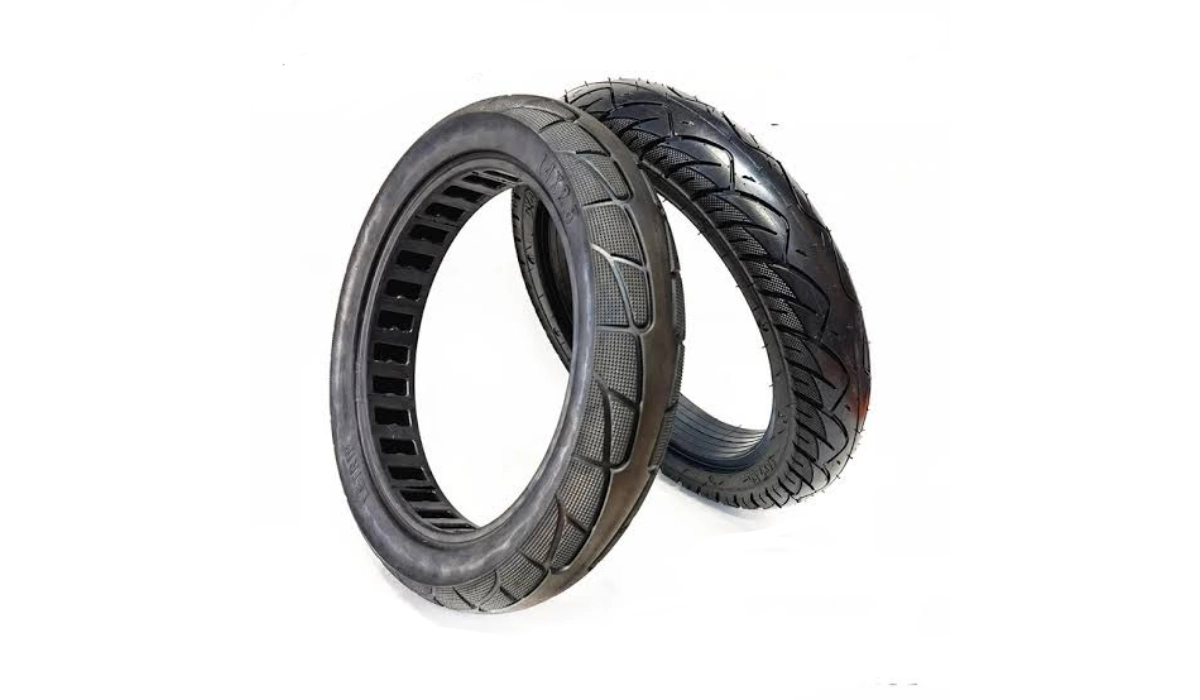When it comes to the rubber meeting the road, one critical aspect to consider is the type of tire that powers your vehicle. While both tubed tires and tubeless tires serve the purpose of keeping your vehicle rolling, they possess distinct characteristics and benefits that you should be aware of. Whether you are driving a city car, a hybrid vehicle, a power bike, an electric bike, or a mountain bike, tires are a critical part of all road vehicles.
By understanding the intricacies of both tire types, you can make an informed decision about which option best suits your needs, preferences, and driving conditions.

Table of Contents
Differences between Tubed Tires and Tubeless Tires
The main difference between tubed tires and tubeless tires is the presence or absence of an inner tube. Tubed tires have an inner tube that is separate from the tire itself and is responsible for holding the air pressure. In contrast, tubeless tires do not have an inner tube and rely on the seal between the tire and the rim to hold the air pressure.
Another difference is the way they handle punctures. In a tubed tire, a puncture can cause the inner tube to deflate quickly, which can lead to a sudden loss of control. In contrast, a puncture in a tubeless tire is less likely to cause a sudden loss of control, as the air leaks out more slowly, and the sealant inside the tire can often seal the puncture.
Advantages and disadvantages of Tubed Tires and Tubeless Tires
Listed below are some pros and cons of tubed tires and tubeless tires:
Pros of Tubed Tires
- Cost-effective: Tubed tires are generally less expensive than tubeless tires, making them a more affordable option.
- Simplicity: They have a straightforward construction with an inner tube that holds the air, making them easier to repair in case of a puncture.
- Availability: Tubed tires are widely available and can be found in various sizes and types for different vehicles.
Cons of Tubed tires
- Puncture risk: Tubed tires are more prone to punctures since the inner tube is vulnerable to damage from sharp objects. A puncture can cause a sudden loss of air pressure and potentially lead to a flat tire.
- Increased maintenance: The presence of an inner tube requires regular inspection, maintenance, and occasional replacement. This adds to the overall maintenance efforts of the tire.
Pros of Tubeless Tires
- Puncture resistance: Tubeless tires have a lower risk of punctures compared to tubed tires. The absence of an inner tube reduces the chances of air leakage in case of minor punctures.
- Safety: In case of a puncture, tubeless tires tend to lose air gradually, providing more time for the driver to react and find a safe place to stop.
- Better fuel efficiency: Tubeless tires are lighter due to the absence of an inner tube, which can contribute to improved fuel efficiency.
Cons of Tubeless tires
- Higher initial cost: Tubeless tires typically have a higher upfront cost compared to tubed tires due to their advanced design and construction.
- More challenging repairs: Repairing a tubeless tire can be more complex and often requires professional assistance. DIY repairs may not always be feasible or effective.
- Limited availability: While tubeless tires have become more prevalent, they may not be as widely available as tubed tires, especially in remote areas with limited tire service options.
Both tubed and tubeless tires have their advantages and disadvantages, and the choice depends on factors such as budget, usage, and availability. It is essential to consider these factors and consult with a tire professional to determine the best option for your specific needs.